Foods Containing Vitamin E And C
Top 10 Foods Highest in Vitamin E

Powered by USDA Nutrition Data
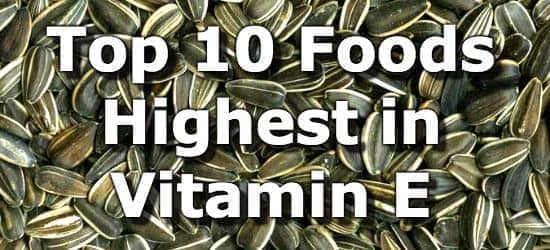
Vitamin E is a group of 8 fat-soluble vitamins, which protect cell membranes and other fat-soluble tissues in the body against damage from oxidative stress.
Adequate amounts of vitamin E can help protect against heart disease, cancer, and age-related eye damage (macular degeneration).
Conversely, too much vitamin E from supplements can lead to excessive bleeding. Vitamin E foods, like the ones listed below, are considered to be safe and healthy.
Foods high in vitamin E include sunflower seeds, almonds, spinach, avocados, squash, kiwifruit, trout, shrimp, olive oil, wheat germ oil, and broccoli. The current Daily Value (DV) for vitamin E is 15mg.
- Introduction
- List of Vitamin E Foods
- Printable
- Health Benefits of Vitamin E
- Warnings
- About the Data
- Nutrient Ranking Tool
- Related
- Feedback
- References

#1: Sunflower Seeds
| Vitamin E per 1oz Handful | Vitamin E per 100g | Vitamin E per 200 Calories |
|---|---|---|
| 7.4mg (49% DV) | 26.1mg (174% DV) | 9mg (60% DV) |
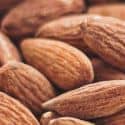
#2: Almonds
| Vitamin E per 1oz Handful | Vitamin E per 100g | Vitamin E per 200 Calories |
|---|---|---|
| 7.3mg (49% DV) | 25.6mg (171% DV) | 8.9mg (59% DV) |

#3: Avocados
| Vitamin E per Avocado | Vitamin E per 100g | Vitamin E per 200 Calories |
|---|---|---|
| 4.2mg (28% DV) | 2.1mg (14% DV) | 2.6mg (17% DV) |

#4: Spinach
| Vitamin E per Cup Cooked | Vitamin E per 100g | Vitamin E per 200 Calories |
|---|---|---|
| 3.7mg (25% DV) | 2.1mg (14% DV) | 18.1mg (121% DV) |

#5: Butternut Squash
| Vitamin E per Cup Cooked | Vitamin E per 100g | Vitamin E per 200 Calories |
|---|---|---|
| 2.6mg (18% DV) | 1.3mg (9% DV) | 6.5mg (43% DV) |
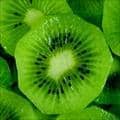
#6: Kiwifruit
| Vitamin E per Cup | Vitamin E per 100g | Vitamin E per 200 Calories |
|---|---|---|
| 2.6mg (18% DV) | 1.5mg (10% DV) | 4.8mg (32% DV) |

#7: Broccoli
| Vitamin E per Cup Cooked | Vitamin E per 100g | Vitamin E per 200 Calories |
|---|---|---|
| 2.3mg (15% DV) | 1.5mg (10% DV) | 8.3mg (55% DV) |

#8: Trout
| Vitamin E per Fillet | Vitamin E per 100g | Vitamin E per 200 Calories |
|---|---|---|
| 2mg (13% DV) | 2.8mg (19% DV) | 3.3mg (22% DV) |

#9: Olive Oil
| Vitamin E per Tablespoon | Vitamin E per 100g | Vitamin E per 200 Calories |
|---|---|---|
| 1.9mg (13% DV) | 14.4mg (96% DV) | 3.2mg (22% DV) |

#10: Shrimp (Prawns)
| Vitamin E per 3oz (About 12 Large) | Vitamin E per 100g | Vitamin E per 200 Calories |
|---|---|---|
| 1.9mg (12% DV) | 2.2mg (15% DV) | 3.7mg (25% DV) |
See All 200 Foods High in Vitamin E
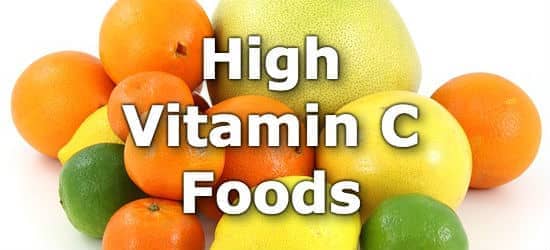 Next ➞
Next ➞
Printable One Page Sheet
Click to Print
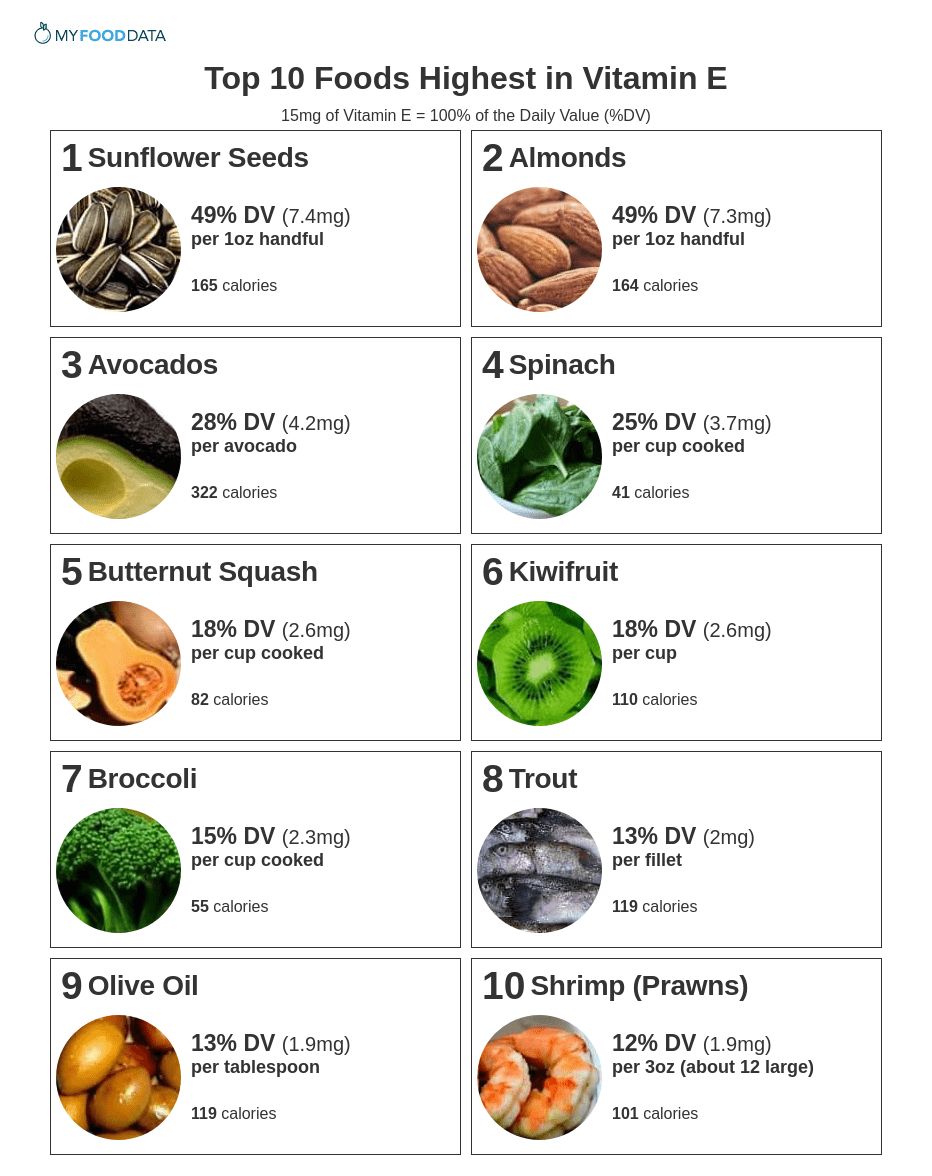
Health Benefits of Vitamin E
- Reduced Risk of Heart Disease - Vitamin E is thought to help prevent heart disease by inhibiting oxidation of low-density lipoprotein (LDL) cholesterol, and helping to prevent blood clots which could lead to a heart attack. (3,4) Studies report mixed results as to the effectiveness of supplements. (5,6)
- Reduced Cancer Risk (*Controversial) - Vitamin E may help reduce cancer risk by acting as an antioxidant and by preventing formation of carcinogenic nitrosamines formed in the stomach from nitrites in foods. (7,8)
- Promoted Eye Health (Prevention from Macular Degeneration) (*Controversial) - At least one study has shown intake of the DV for vitamin E reduces risk of age related eye damage (macular degeneration) by 20%.(9,10) Other studies, however, fail to find any association. (11,12)
- Alleviation of Chronic Inflammation - Preliminary studies show that vitamin E can help mediate the inflammatory response and may help those with type II diabetes or chronic heart failure, who suffer from chronic inflammation. (13-15)
- Reduced Risk of Dementia (Cognitive Decline) (*Controversial) - Preliminary findings have shown increased levels of vitamin E to have a protective effect on mental functioning as people age. Further studies need to be conducted to confirm this finding. (16)
- Reduced Risk of ALS (Amyotrophic Lateral Sclerosis, Lou Gehrig's Disease) (*Controversial) - A long range study found that increased intake of Vitamin E over 5 years could reduce risk of ALS. Further studies are needed as the sample size was small. (17)
Warnings
- High doses of vitamin E supplements can greatly suppress blood coagulation and clotting thus increasing risk of excessive bleeding or hemorrhage.(2)
- Nuts, seeds, and oils are high calorie foods and should be eaten in moderate amounts by people with a high body mass index, looking to lose weight.
About the Data
Data for the curated food lists comes from the USDA Food Data Central Repository.
You can check our data against the USDA by clicking the (Source) link at the bottom of each food listing.
Note: When checking data please be sure the serving sizes are the same. In the rare case you find any difference, please contact us and we will fix it right away.
- Foods High in Vitamin E
- Foods Low in Vitamin E
- Vegetables High in Vitamin E
- Fruits High in Vitamin E
- Vegetarian Foods High in Vitamin E
- Nuts High in Vitamin E
- Beans High in Vitamin E
- Dairy High in Vitamin E
- Breakfast Cereals High in Vitamin E
- Fast Foods High in Vitamin E
View more food groups with the nutrient ranking tool, or see ratios with the nutrient ratio tool.
- Vitamin A Foods
- Vitamin C Foods
- Foods High in Beta Carotene
- Foods for Skin Health
- Foods High in Lycopene
- High Iron Foods
feedback
Data Sources and References
- U.S. Agricultural Research Service Food Data Central
- Office Of Dietary Supplements Fact Sheet: Vitamin E
- Institute of Medicine. Food and Nutrition Board. Dietary Reference Intakes: Vitamin C, Vitamin E, Selenium, and Carotenoids. Washington, DC: National Academy Press, 2000.
- Glynn RJ, Ridker PM, Goldhaber SZ, Zee RY, Buring JE. Effects of random allocation to vitamin E supplementation on the occurrence of venous thromboembolism: report from the Women's Health Study. Circulation 2007;116:1497-1503.
- Stampfer MJ, Hennekens CH, Manson JE, Colditz GA, Rosner B, Willett WC. Vitamin E consumption and the risk of coronary disease in women. N Engl J Med 1993;328:1444-9.
- Traber MG. Heart disease and single-vitamin supplementation. Am J Clin Nutr 2007;85:293S-9S.
- U.S. Department of Agriculture, Agricultural Research Service. USDA National Nutrient Database for Standard Reference, Release 16-1, 2004. https://www.ars.usda.gov/ba/bhnrc/ndl
- Weitberg AB, Corvese D. Effect of vitamin E and beta-carotene on DNA strand breakage induced by tobacco-specific nitrosamines and stimulated human phagocytes. J Exp Clin Cancer Res 1997;16:11-4.
- Chong EW-T, Wong TY, Kreis AJ, Simpson JA, Guymer RH. Dietary antioxidants and primary prevention of age-related macular degeneration: systematic review and meta-analysis. BMJ 2007;335:755.
- Evans J. Primary prevention of age related macular degeneration. BMJ 2007;335:729.
- Taylor HR, Tikellis G, Robman LD, McCarty CA, McNeil JJ. Vitamin E supplementation and macular degeneration: randomized controlled trial. BMJ 2002;325:11.
- Teikari JM, Virtamo J, Rautalahti M, Palmgren J, Liesto K, Heinonen OP. Long-term supplementation with alpha-tocopherol and beta-carotene and age-related cataract. Acta Ophthalmol Scand 1997;75:634-40.
- Vitamin E shows possible promise in easing chronic inflammation
- Huey KA, Fiscus G, Richwin AF, Johnson RW, Meador BM. In vivo vitamin E administration attenuates IL-6 and IL-1 Beta responses to an acute inflammatory insult in mouse skeletal and cardiac muscle. Exp Physiology. 2008.
- Meador BM., Fiscus G, Richwine AF, Johnson RW, Huey KA. Effects of Vitamin E on Cytokine Responses to an Inflammatory Insult in Mouse Skeletal Muscle. Medicine & Science in Sports & Exercise: May 2008 - Volume 40 - Issue 5 - pp S162-S163.
- K.H. Masaki, MD, K.G. Losonczy, MA, G. Izmirlian, PhD, D.J. Foley, MS, G.W. Ross, MD, H. Petrovitch, MD, R. Havlik, MD and L.R. White, MD. Association of vitamin E and C supplement use with cognitive function and dementia in elderly men. Neurology March 28, 2000 vol. 54 no. 6 1265-1272.
- Ascherio A. Vitamin E Intake and Risk of Amyotrophic Lateral Sclerosis: A Pooled Analysis of Data From 5 Prospective Cohort Studies. Am. J. Epidemiol. (2011) 173 (6): 595-602.
MyFoodData provides nutrition data tools and articles to help you organize and understand the foods you eat. Read more...
Foods Containing Vitamin E And C
Source: https://www.myfooddata.com/articles/vitamin-e-foods.php

